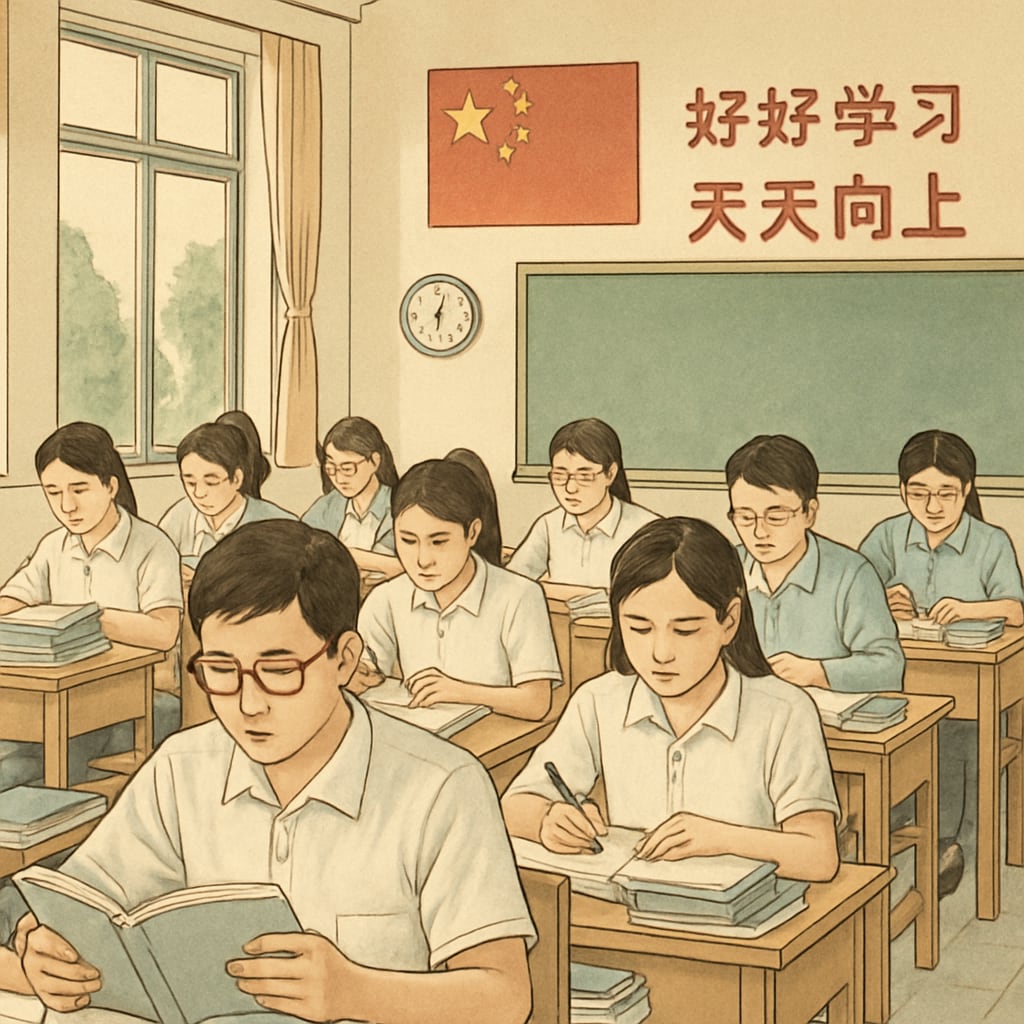The education systems of the U.S. and China are fundamentally different in many aspects, particularly in their approaches to assessment methods, resource allocation, and guiding educational philosophies. These distinctions reflect each country’s unique cultural values and priorities, shaping student development and influencing national progress. This article delves into these differences, providing insights into their implications and potential paths forward.
Key Differences in Educational Philosophies
One of the most striking contrasts between the U.S. and China is their educational philosophies. In China, the emphasis is often placed on academic rigor and performance, driven by high-stakes testing such as the Gaokao (college entrance exam). This approach prioritizes mastery of core subjects like mathematics, science, and language, fostering a competitive environment. In contrast, the U.S. focuses on holistic development, encouraging creativity, critical thinking, and extracurricular activities alongside academics.
For example, Chinese students often face long school hours and extensive homework, designed to prepare them for standardized tests. Meanwhile, U.S. students benefit from a more balanced schedule, with opportunities to explore arts, sports, and personal interests. This divergence highlights the different goals of each system: one aiming for academic excellence, the other nurturing well-rounded individuals.

Assessment Methods: Standardized Testing vs. Diverse Evaluations
Testing methods also vary significantly between the two countries. In China, standardized tests dominate the education system, serving as the primary measure of student success. Exams like the Gaokao determine not only college admissions but also students’ career prospects, creating immense pressure. This reliance on standardized testing has led to criticisms of stifling creativity and promoting rote learning.
On the other hand, the U.S. employs a broader range of assessment tools. While standardized tests like the SAT and ACT are important, they are complemented by essays, projects, group work, and teacher evaluations. This diversity aims to assess a wider set of skills, including problem-solving, teamwork, and communication.
However, the U.S. system also faces challenges, such as concerns over equity in testing and the stress caused by competitive college admissions. Both countries grapple with balancing fairness and accuracy in assessing student abilities.

Resource Allocation and Equity
Resource distribution is another critical area where the two systems diverge. In China, urban schools often receive better funding and resources compared to rural schools, creating disparities in educational quality. This gap poses challenges for students in less developed regions, who may lack access to modern facilities, experienced teachers, and extracurricular opportunities.
Similarly, resource inequality exists in the U.S., but it often stems from local property taxes funding public schools. Wealthier areas typically have better-funded schools, while low-income communities struggle with outdated infrastructure and limited programs. Federal initiatives like Title I aim to address these disparities, but significant gaps remain.
Both nations face the challenge of ensuring equitable access to quality education for all students. Addressing these disparities is crucial for fostering social mobility and economic growth.
Implications for Student Development and National Growth
The differences in educational approaches have profound implications for student outcomes and national progress. China’s emphasis on academic rigor produces students with strong technical skills, well-suited for careers in STEM fields. However, critics argue that this approach may limit creativity and adaptability, traits increasingly valued in the global economy.
Meanwhile, the U.S. system’s focus on holistic development prepares students for diverse career paths, encouraging innovation and leadership. Yet, challenges such as unequal access to quality education and rising college costs may hinder long-term success.
As both nations navigate these challenges, they can learn valuable lessons from each other. Combining China’s focus on academic excellence with the U.S.’s emphasis on creativity and equity could create a more balanced and effective educational model.
Readability guidance: The article uses short paragraphs and lists to summarize key points. Transition words like “however,” “in addition,” and “as a result” ensure smooth reading. Passive voice and lengthy sentences were minimized for clarity and engagement.


